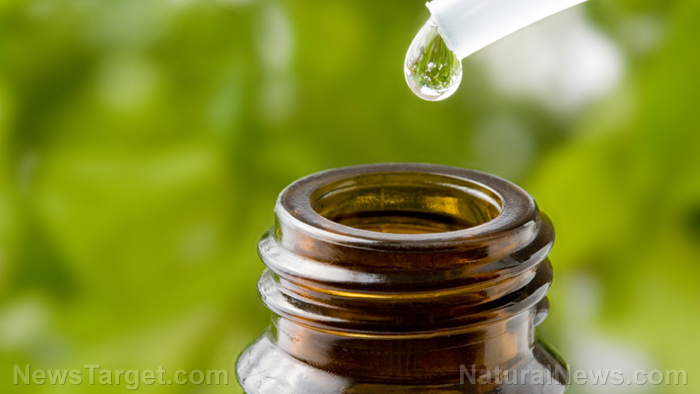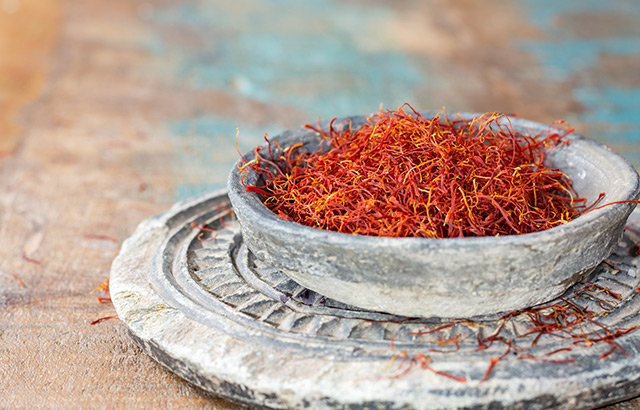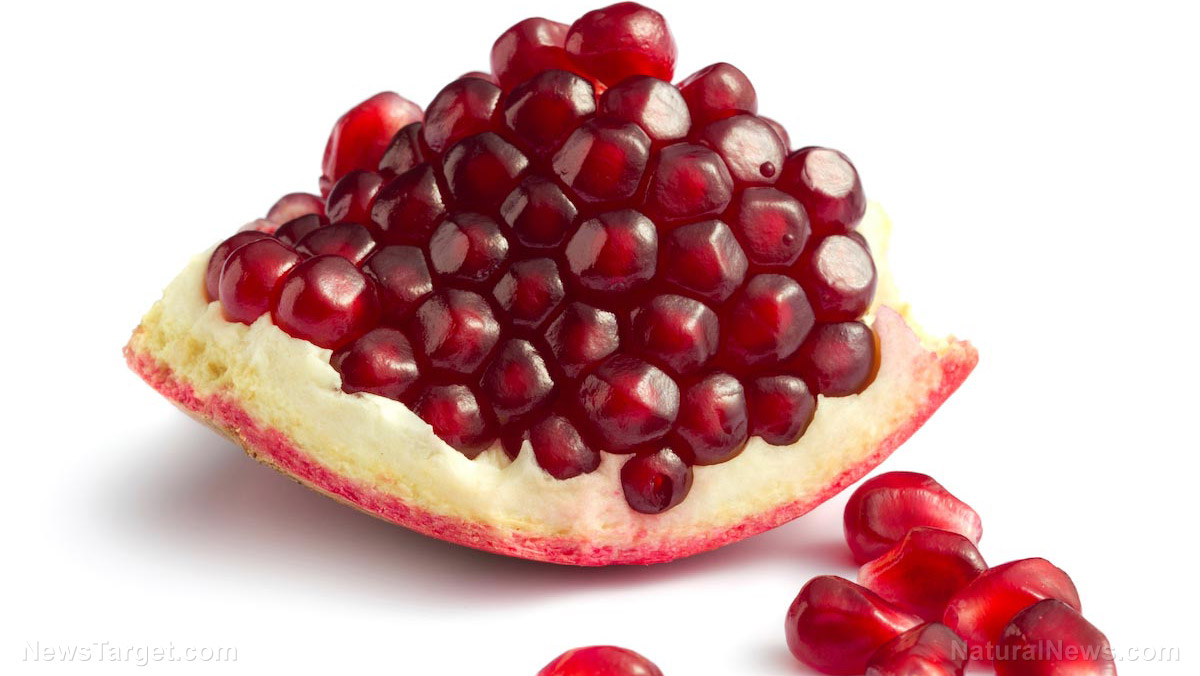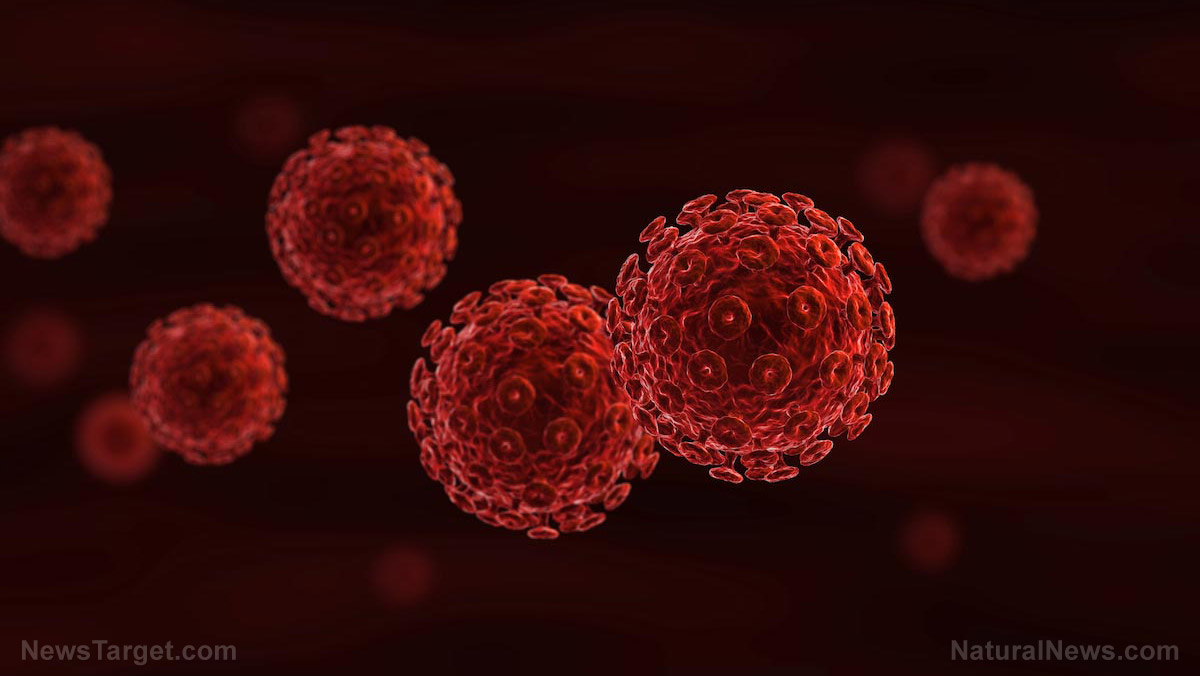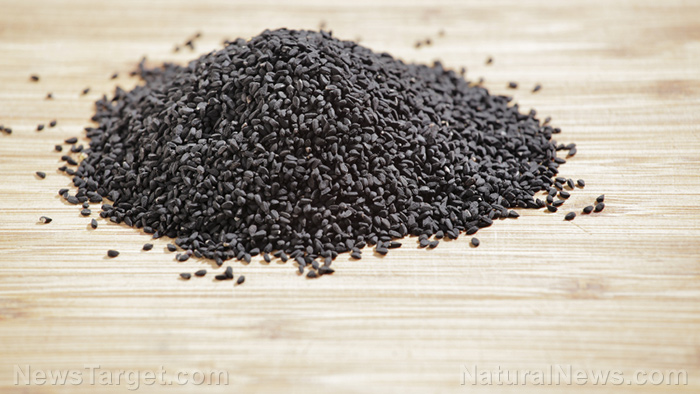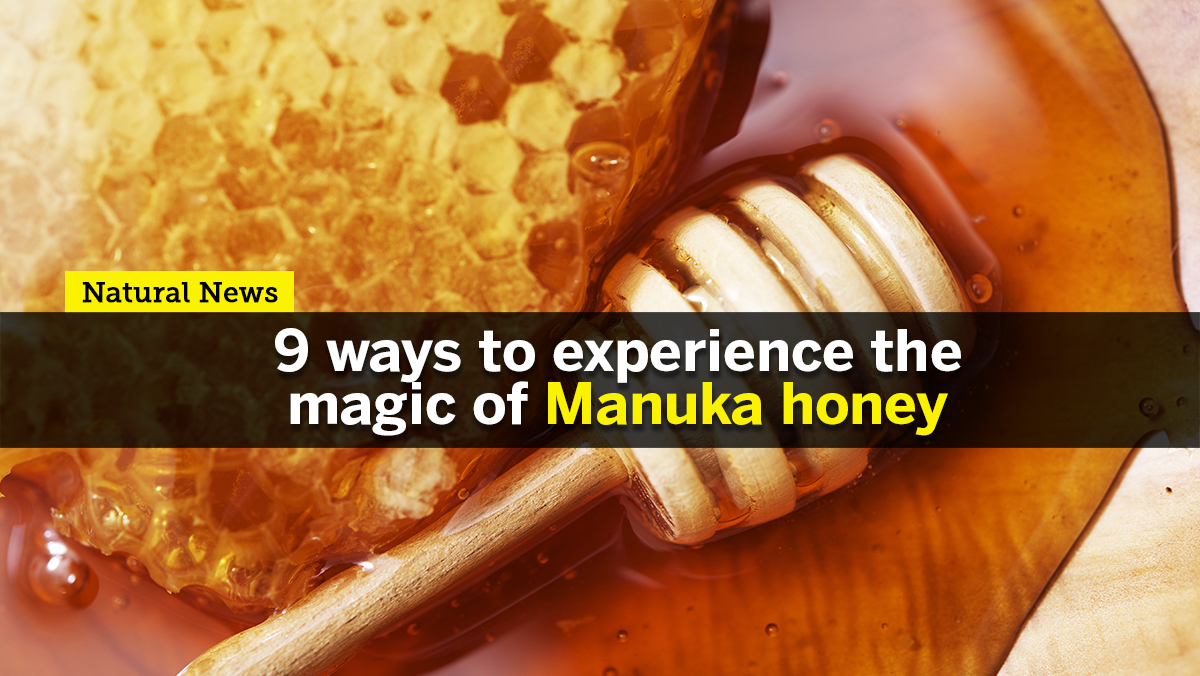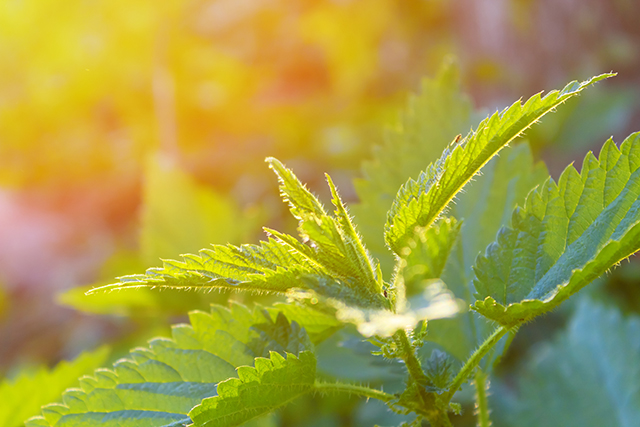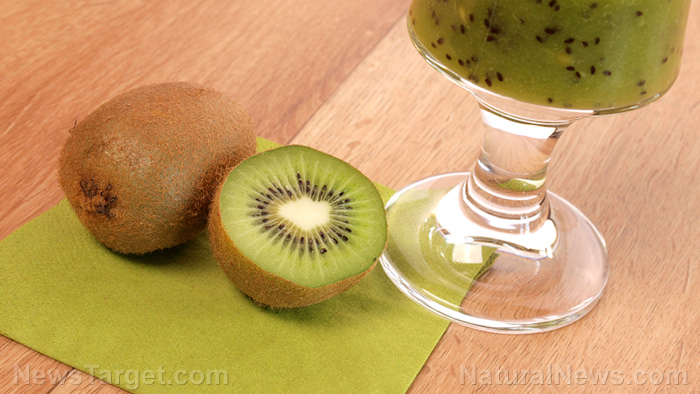7 paleo foods that naturally lower your blood pressure
12/09/2018 / By Zoey Sky

The condition called hypertension (high blood pressure) is prevalent in the U.S. and other developed countries. It doesn’t have any obvious symptoms, but this doesn’t make it any less dangerous. If you have hypertension, you must monitor your blood pressure closely to limit the damage your arteries. One way to do this is to eat Paleo foods that can help lower your blood pressure.
What happens when you have high blood pressure?
The Paleo diet is suitable for people with hypertension because maintaining cardiovascular health is crucial to this kind of lifestyle.
Blood pressure helps send blood cells, nutrients, oxygen, and other vital chemicals throughout your body. With every heartbeat, your blood pressure pushes the blood throughout your circulatory system.
Your blood also helps get rid of toxic waste products in the body. If the blood vessels in your kidneys get damaged, the kidneys will eventually have a hard time eliminating waste and extra fluids from the body.
Thankfully, it’s easy to detect high blood pressure. The condition can also be managed if you follow a proper diet, which can help lower high blood pressure and prevent the hardening of the arteries.
Consume fresh and organic foods that contain fiber, iron, magnesium, potassium, and vegetable protein to lower your risk for heart disease and high blood pressure. Try to avoid eating foods like high-fat dairy, processed foods, and sugary drinks. (Related: Why black beans are the best foods for hypertensive people.)
Paleo foods that can improve heart health
These seven Paleo foods contain magnesium and potassium, two nutrients that are necessary for blood pressure regulation.
- Bananas – Bananas are full of potassium. Eating bananas can also help prevent muscle cramps because potassium is an electrolyte that drives muscle and nerve function, such as your heartbeat. Consume at least two bananas daily to help control your blood pressure. You can also use bananas to make guilt-free desserts like banana bread, Paleo brownies, or smoothies.
- Beets – Beets contain nitrates that can help lower blood pressure. When the body absorbs nitrates, they are turned into nitric oxide, a crucial chemical that helps dilate the blood vessels and reduces inflammation in the body. The majority of the nitrates that you eat are naturally occurring and are essential to healthy bodily function.
- Kale – Kale is a leafy green vegetable that has fiber, magnesium, potassium, and vitamins K and E. Consuming one cup of kale a day will provide you with nine percent of the potassium and calcium and six percent of the magnesium that your body needs. The vitamin K in kale can help keep your artery walls soft and flexible. This vitamin also diverts calcium away from your arteries and into the bones to prevent artery stiffness.
- Mangoes – Known as the “King of Fruits,” mangoes are full of fiber, magnesium, potassium, and selenium. The human body can’t produce selenium on its own, so you need to get it from your diet to enjoy its benefits, such as improving blood flow and the body’s antioxidant capabilities. Mangoes also contain vitamins A and E.
- Pineapple – Pineapples are the only known natural source of bromelain, which are enzymes that can digest protein. Take note that too much bromelain may be harmful to those with significantly high blood pressure. However, it can be beneficial for people with osteoarthritis since it helps relieve joint inflammation. Bromelain is also good for heart health since it prevents blood from clotting. A cup of fresh pineapple contains a whopping 131 percent of your daily vitamin C needs. Vitamin C is a potent antioxidant that can keep your skin healthy and lower blood pressure. Pineapples also have magnesium and potassium.
- Sunflower seeds – Sunflower seeds, which are technically the fruit of the sunflower plant, are rich in magnesium, potassium, and vitamin E. Vitamin E can help prevent cholesterol oxidation, which can make cholesterol stick to the walls of the blood vessels. This may cause plaque buildup and high blood pressure.
- Sweet potato – Sweet potatoes are good for your digestive system. They’re full of fiber, which can help the body absorb other nutrients. Fiber also makes digestion easier on your organs by speeding up the process. Sweet potatoes get their vibrant orange color from beta-carotene, an antioxidant that can help reduce cell damage, inflammation, and oxidation to prevent aging. They also contain potassium and magnesium.
Follow the Paleo diet and try to eat a lot of whole fruits and vegetables to help lower your blood pressure.
You can read more articles about other fresh fruits and vegetables that are good for your heart at ReverseHeartDisease.news.
Sources include:
Tagged Under: bananas, beets, blood pressure, diet, food as medicine, food cures, Fresh, grocry cures, high blood pressure, hypertension, ingredients, kale, Mangoes, nutrition, organics, pineapples, sunflower seeds, sweet potatoes



